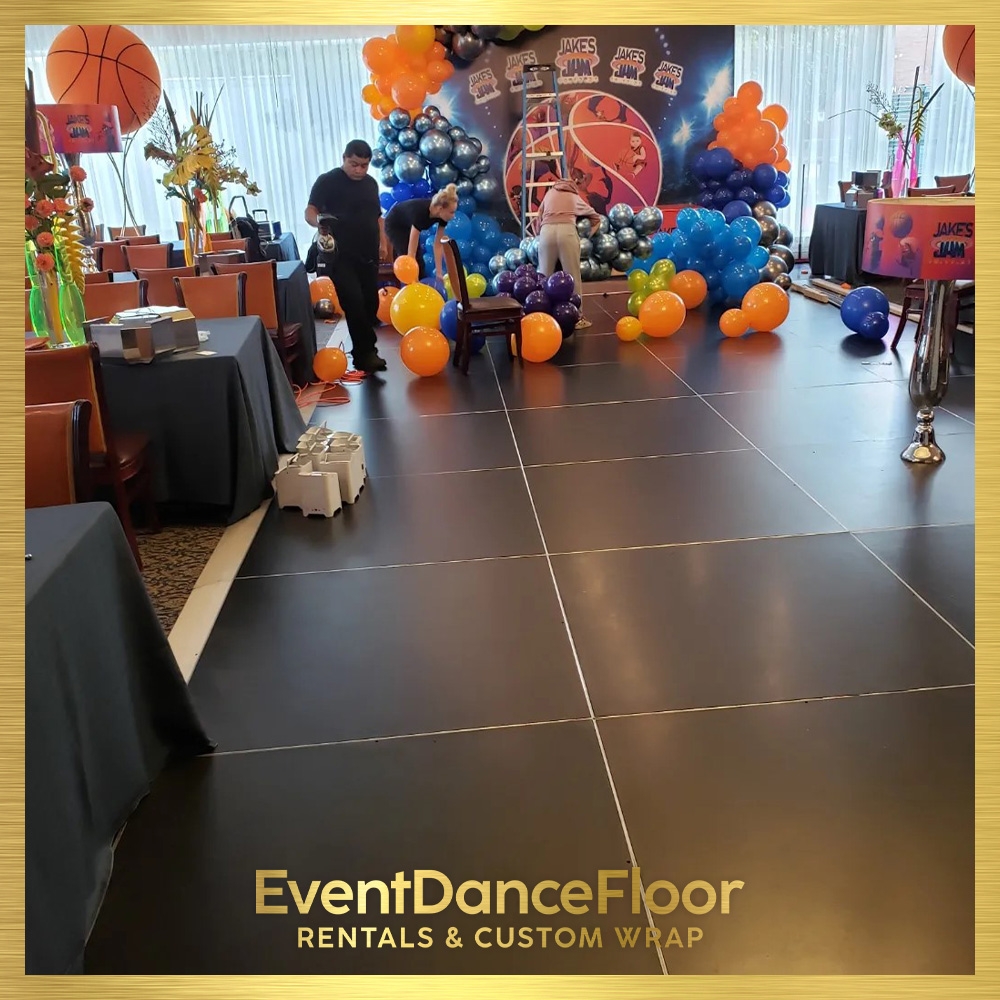Latin Fusion Dance Floor Graphics
How can Latin dance styles like salsa, bachata, and merengue be incorporated into a fusion dance routine?
Latin dance styles like salsa, bachata, and merengue can be seamlessly incorporated into a fusion dance routine by blending the unique movements, rhythms, and footwork of each style. Dancers can transition between salsa's fast-paced spins and intricate partner work, bachata's sensual hip movements, and merengue's lively and energetic steps. By combining elements from these Latin dances, choreographers can create a dynamic and engaging fusion routine that showcases the diversity and vibrancy of Latin dance culture.




